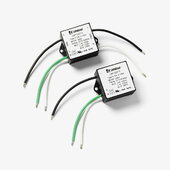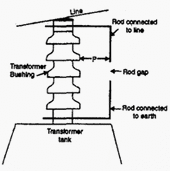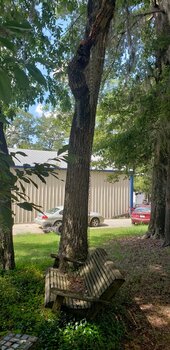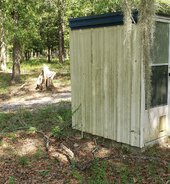Doing a little more research, it seems that lightning (energy transfer from sky to ground), is not as well understood as I had thought. This is from Wikipedia:
"The charge transfer theory states that a lightning strike to a protected structure can be prevented by reducing the electrical potential between the protected structure and the thundercloud. This is done by transferring electric charge (such as from the nearby Earth to the sky or vice versa).
[25][26] Transferring electric charge from the Earth to the sky is done by installing engineered products composed of many points above the structure. It is noted that pointed objects will indeed transfer charge to the surrounding atmosphere
[27][28] and that a considerable electric current can be measured through the conductors as ionization occurs at the point when an electric field is present, such as happens when thunderclouds are overhead.
In the United States, the National Fire Protection Association (NFPA) does not currently[
when?] endorse a device that can prevent or reduce lightning strikes. The NFPA Standards Council, following a request for a project to address Dissipation Array[tm] Systems and Charge Transfer Systems, denied the request to begin forming standards on such technology (though the Council did not foreclose on future standards development after reliable sources demonstrating the validity of the basic technology and science were submitted).
[29]"
So, what are we do if we desire lightning protection for our home/shop?
It seems that looking at older buildings from the 19th and 20th centuries, many were protected by the 'traditional' aerial rods along the building ridges, connected by copper wire down to grounding rods, and I think that the building was completely encircled underground by copper wire connected to the grounding rods. I have never heard of nor seen images of one of these systems destroyed by a lightning strike, but undoubtedly it has happened.
Any first or second hand reports?








